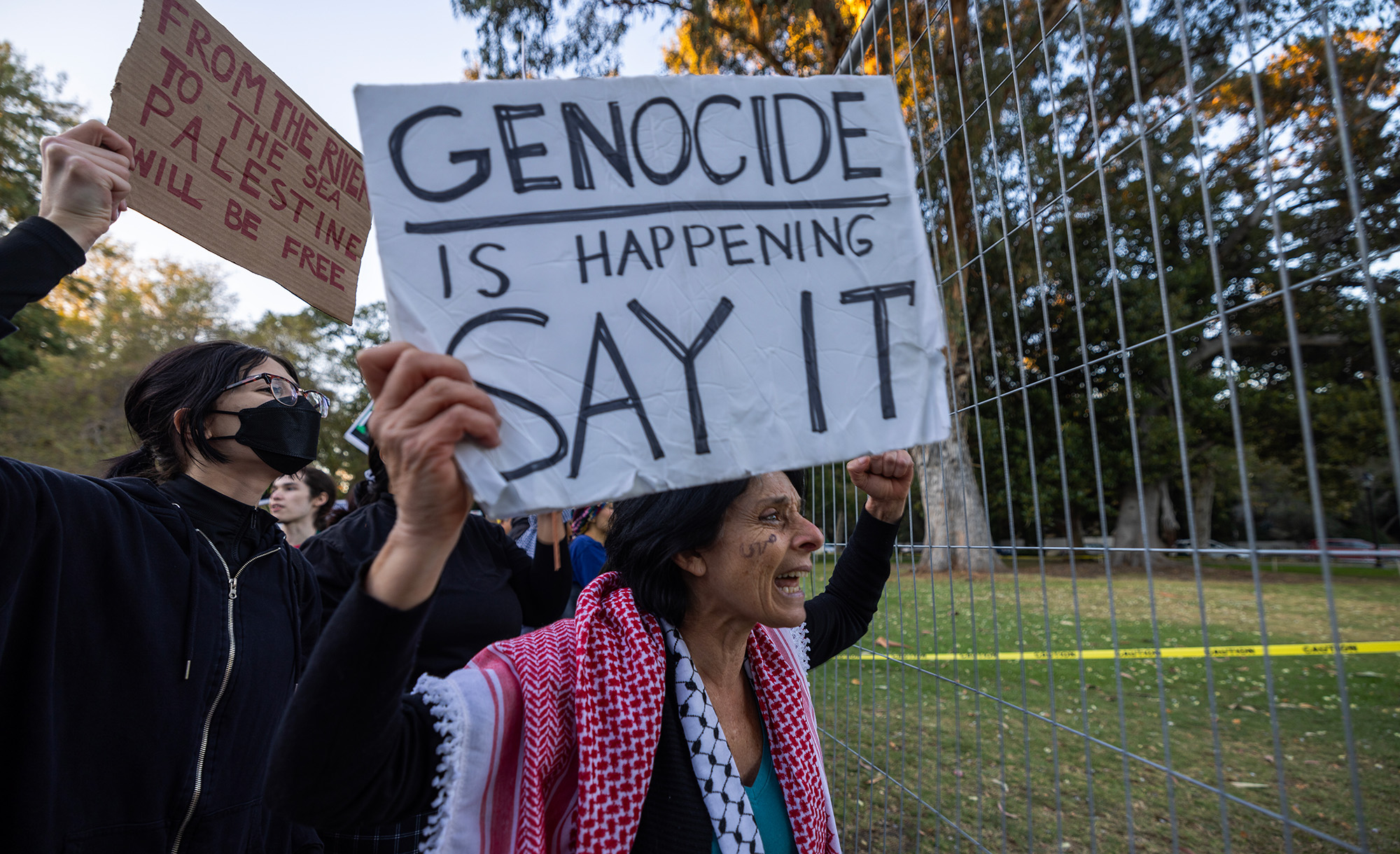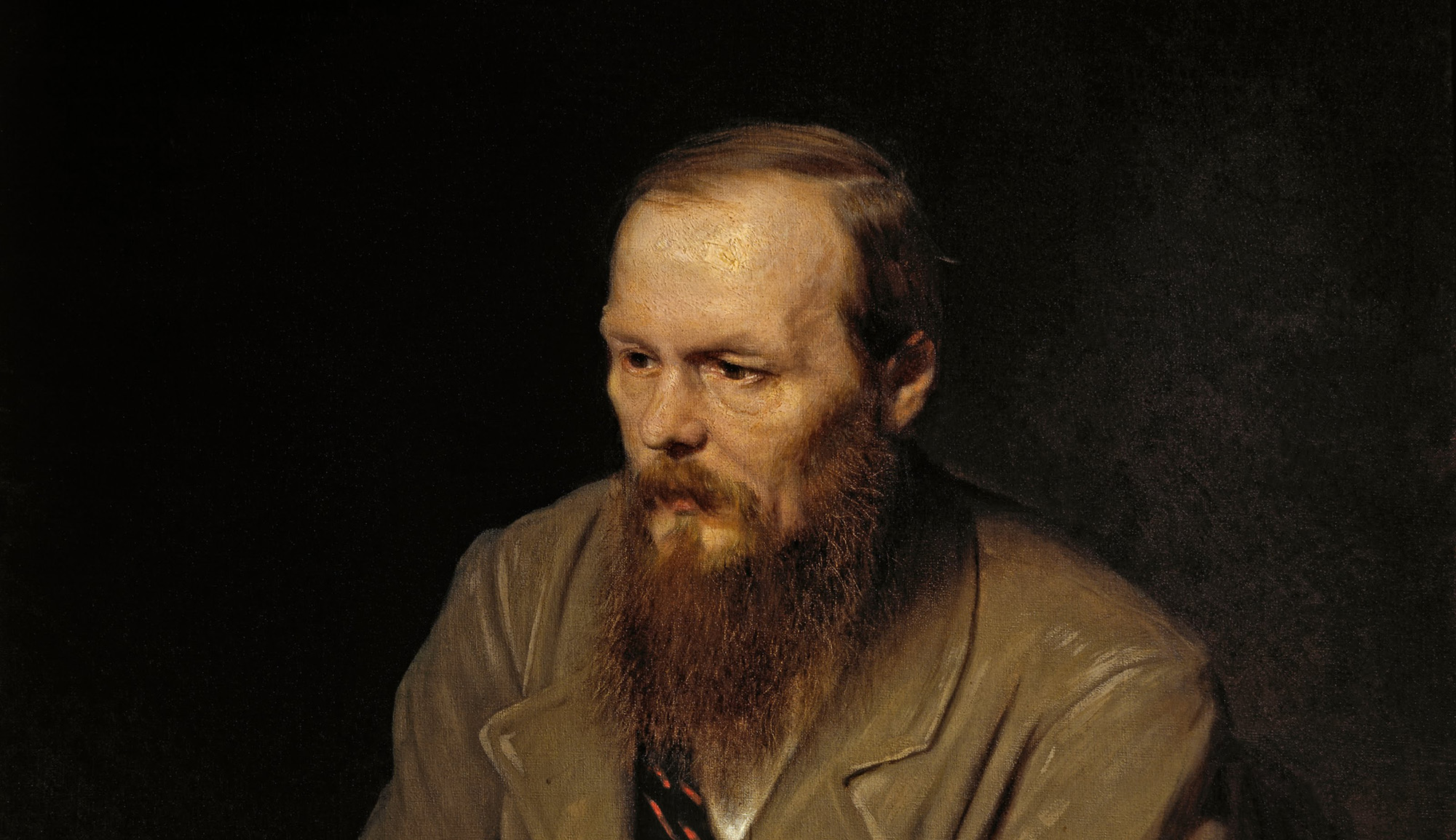Born in a remote Russian shtetl in the vicinity of Minsk, the artist Chaim Soutine (1894-1943) spent much of his career in France, where he rubbed elbows with other Jewish artists like Marc Chagall and Amedeo Modigliani. A series of 32 still-lifes he painted of animal carcasses is currently on display at the Jewish Museum in New York. Praising the exhibit, Andrew Shea cautions against making too much of the influence of history and biography on Soutine’s art:
The organizers of [the exhibit] . . . suggest that Soutine’s morbidity was developed in response to the violence he encountered as a child and young adult. . . . As the exhibition’s opening wall text recalls, thousands of Russian Jews were killed during sporadic pogroms that took place throughout Soutine’s childhood. The tenth of eleven children, he also faced an abusive father and an at-times repressive Jewish community that frowned upon his compulsive doodling. One story has young Chaim being beaten to within an inch of his life for drawing a portrait of an old man—strictly forbidden in a religious culture that [supposedly prohibited] visual representation of the human figure.
But such biographical tidbits can reveal only so much about paintings whose concerns were, as it turns out, chiefly aesthetic. Dwelling too long on an artist’s upbringing leads one towards the occult hocus-pocus that is psychoanalysis. This trend has especially affected Soutine scholarship. The painter, it must be admitted, was a walking caricature of the bohemian nutcase: poor, antisocial, slovenly, destructively perfectionist. But fundamental misunderstandings of Expressionism, combined with Soutine’s eccentric personality, have caused critics to cast Chaim as a tortured soul whose paintings were shaped by—and, indeed, created because of—emotional instability.
Happily, [despite its opening statement], the Jewish Museum largely avoids this spurious approach. Wall texts present biographical anecdotes as explanatory background information for Soutine’s gruesome subject matter rather than as some sort of master key to the paintings’ ultimate meaning. Primarily, the texts address the visual and material concerns of Soutine’s art. . . .
Modern critics partial to the landscapes [Soutine painted between 1919 and 1922], which made him a posthumous hero in the 1950s world of gestural abstraction, have seen his later work as indicative of an emotional exhaustion caused by Hitler’s occupation of France and debilitating health issues. The paintings currently on view at the Jewish Museum suggest otherwise. Duds are to be expected by a painter so inclined to risk everything, and a few snuck into this exhibition, but the majority of these works bear the mark of an artist who, though cognizant of the limitations of his medium, wields powerfully its evocative possibilities. In this way, dead matter comes to life.
More about: Arts & Culture, East European Jewry, Jewish art, Marc Chagall, Pogroms, Shtetl


